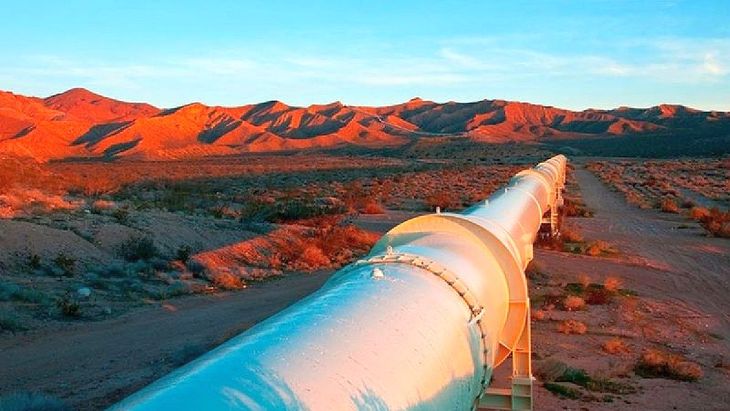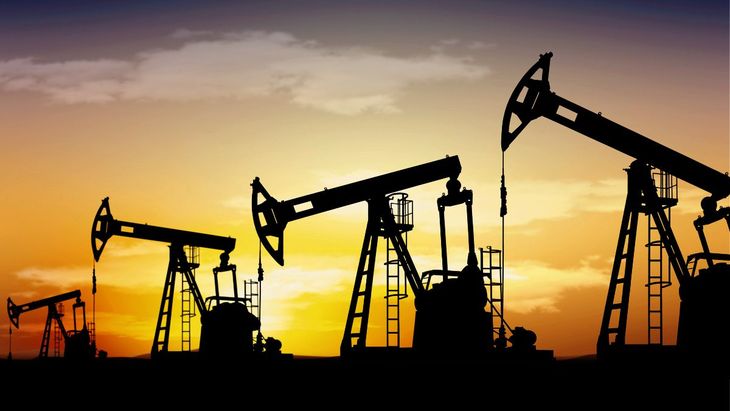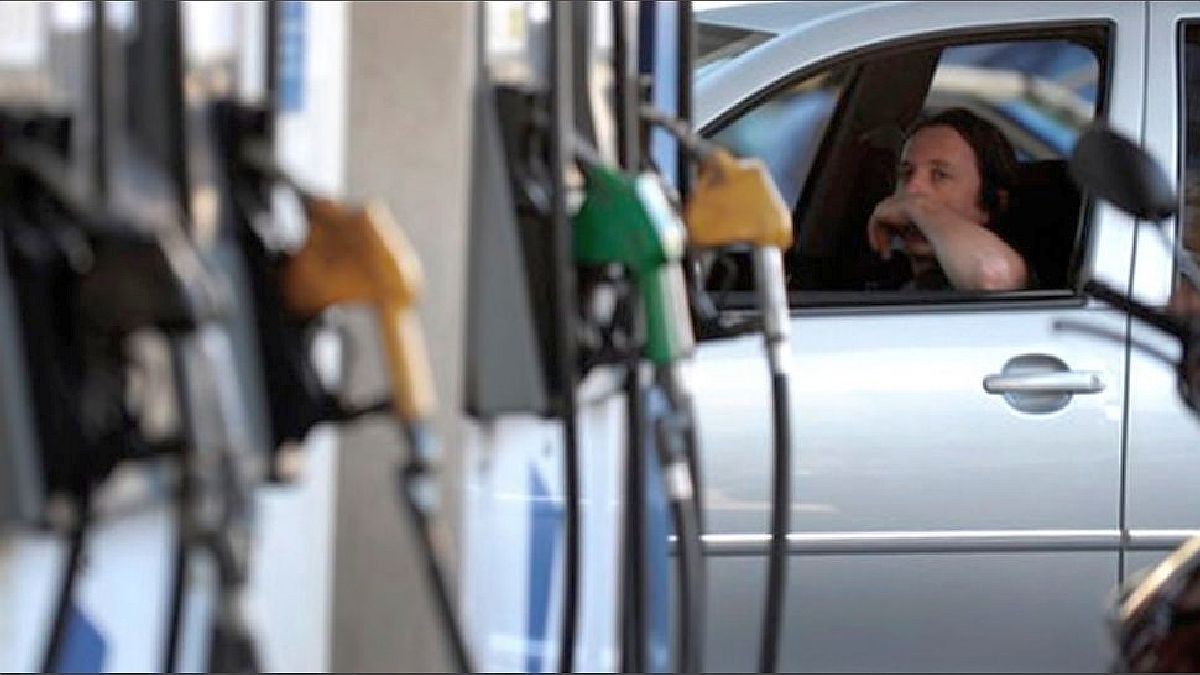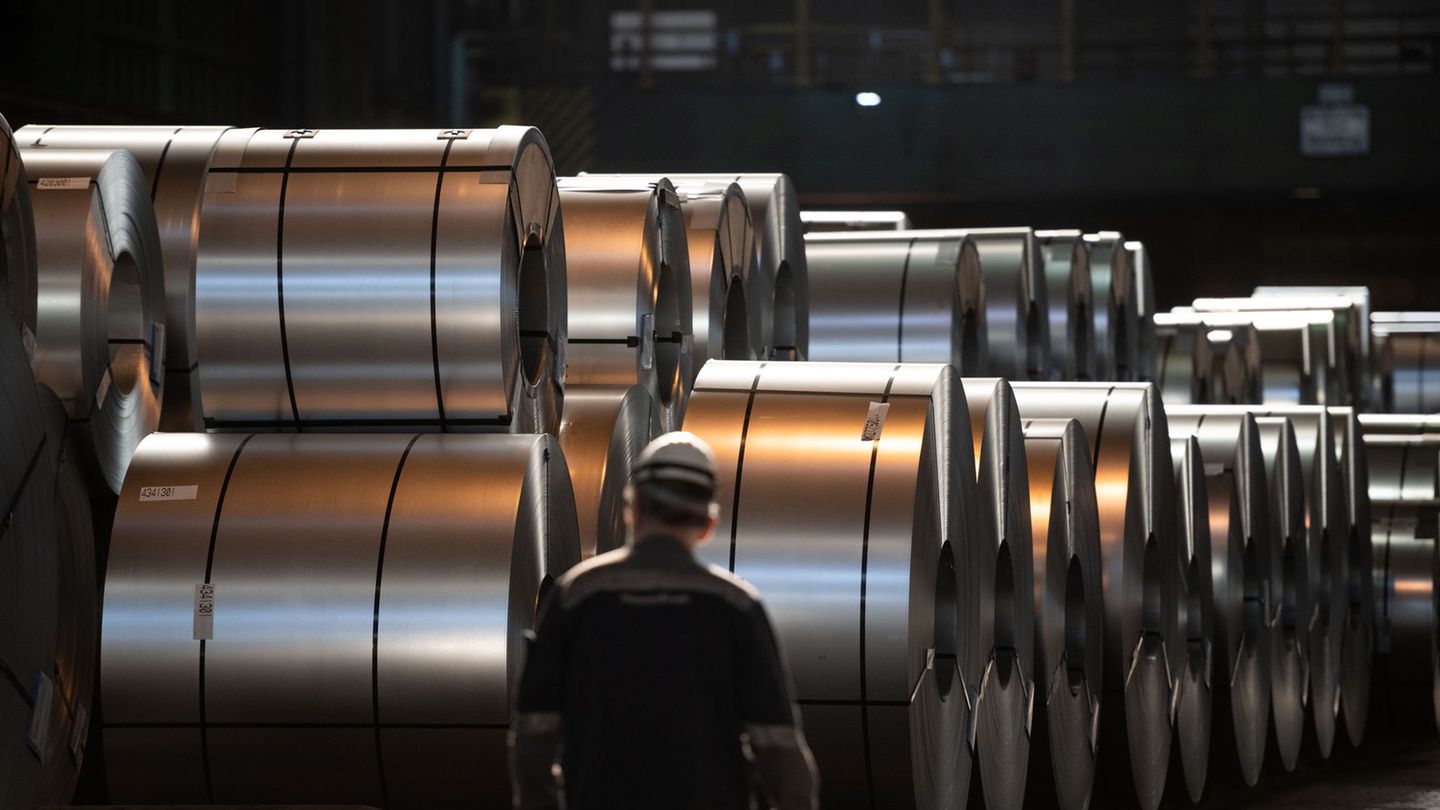fuel shell
Oil companies are promoting another fuel increase starting December 1, coinciding with the automatic tax update. The Government seeks to reduce the inflationary impact.
Argentine News
However, the scenario is more complex. To what extent can we think that the shortage is a consequence of the freezing of gasoline? What relationship can be inferred with the drop in fuel production and refining experienced in recent months by companies? A preview of the answer: When you look at the gasoline and diesel production graph, you see a drop in refining volumes throughout the park, even before the price freezedespite the fact that industrial production had a recovery.
Lack of fuel: what the Government and Sergio Massa said
At the same time, in Tucumán, Sergio Massa announced that the bioethanol shortfall in gasoline will be increased and will be announced on Wednesday. Currently, it represents 12%. The decision includes the price of fuel and sugar but also generates less environmental pollution.
Previously, Massa had denounced speculation maneuvers that in his opinion led to the current shortage situation, reflected in long lines to load fuel in service stations from all over the country, many of which were left without product.
According to the minister, before the first round of the presidential election many They “saved” fuel because they speculated that the freezing period was expiring and there would be increases of between 20 and 40%. Massa stressed that “if the State today did not have regulationsthe liter of gasoline would be $680. The discussion is on November 19 whether or not each Argentine pays $680 or pays today’s value. That is the difference between the two country projects. We saw it with transportation.”
Pending official announcements, oil companies increase fuel prices by at least 6%

The minister emphasized that “the Argentine oil sector is beating the production records“and that for oil companies “it is much more attractive to export at international barrel value than to sell in the domestic market, due to a regulation that we have put in place to protect the pockets of the people who are called the Creole barrel.” In this context, he warned: “Yes on Tuesday at 12 midnight the supply is not resolved, Since Wednesday they will not be able to take out an export ship because first of all, the Argentines’ oil belongs to the Argentines.”
“At some point, there were some who speculated that according to the electoral result there was going to be a devaluation, so they held back. Later there were some others who speculated that the defrosting agreement was due to expire, and there was talk of a 20% increase, of 40 % increase. The Argentine oil sector is one of those that has greater global market growth“said the minister and presidential candidate.
Lack of fuel: what the oil companies said
Under the title “Refineries and the supply of the domestic fuel market”YPF, Raízen (Shell brand), Trafigura (Puma) and Axion maintained that “regarding the current supply situation of the fuel system, which will normalize in the coming days, we want to point out that “He himself has experienced a series of events in recent days that have stretched him to the limit of his capacity.”.
Among the causes, they maintained that “extraordinary levels of demand were experienced, especially in the last 15 days – long weekend, elections where there is a peak in mobility of people”the “beginning of agricultural planting”, “a greater dependence than usual on fuel imports due to scheduled shutdowns in some refineries” and “an excess demand generated by an expectation of shortages.”
Trasandino Oil Pipeline Petróleoo.jpg

There are those who have suggested that the shortage has to do with the freezing of prices since the end of August and the gap that this creates for companies. However, it goes without saying that Fuels did register some increases from the moment the Government authorized a post-passage (from 12%). Only YPF kept the price at the pump unchanged with the exception of the 3 percent increase last Monday. The rest of the refiners (PAE, Raízen and Trafigura) applied at least three increases of 2.5 percent.
This occurs within the framework of a situation that has worsened in recent days, when long queues of vehicles in the service stations from all over the country to load naphtha. In turn, it adds the field concern before the diesel shortagea necessary product for planting tasks that start at this time of year.
Fuels: production numbers in recent months
There are several official production data for gasoline and diesel that show a fall on the part of the country’s main refineries. For example, the La Plata Refinery (YPF) produced 564 thousand cubic meters of fuel in the month of August of this year, 12% less than in the month of July and 8% less than in the same month last year.
The Luján de Cuyo Refinery records the same recoil9.6% against July and 19.2% against August 2022. Both Dock Sud and the Campana Refinery They have also experienced declines. For the first case, 5% and 15% and for the second, 9.6% and 5.4%. What’s more: in the case of the Luján de Cuyo, Dock Sud and Campana refineries, the figures are also negative when compared to August 2021.
oil.jpg

In this sense, an analysis of the activity curves also reflects something to keep in mind. According to information from Indec, while the manufacturing Industrial Production Index has experienced a significant increase between July and August, the activity indicator linked to the level of refining of the Petroleum has registered a decrease in the same proportion.
Price freeze: did it influence the fuel shortage?
On the one hand, from the analysis of the historical price measured in cubic meters per dollar it can be inferred that The oscillation of fuel prices in the domestic market, in hard currency, has fluctuated over recent years within a limited range of prices. That is to say, from the analysis, it could be inferred that there are no major disparities between the years.
Another point to keep in mind is thatIn the last 10 years, only two major shortages have been recorded. Last year due to the lack of diesel and this year. But, prices have fluctuated in a marginal range and even during this year they accompanied international prices throughout the first half of the year.
Another variable is added there: the cost of fuel and the margin of companies is not the last component of the price, since the biofuels and taxes They have an important weight in the value at the pump and both were “intervened” by the State to prevent companies from giving up margin.
Source: Ambito




